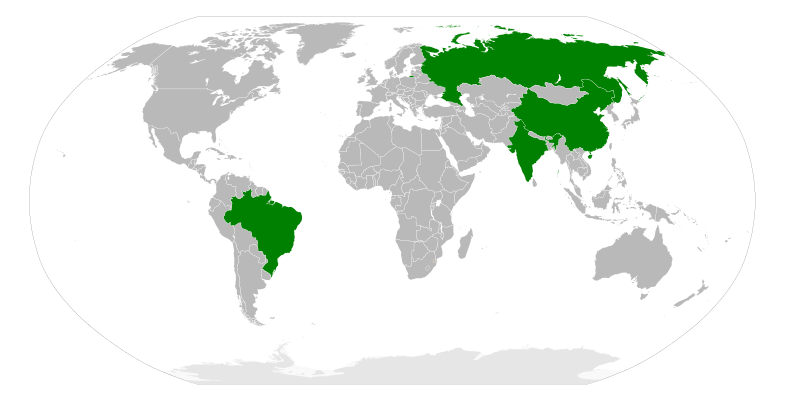 Science Alert | This time, we’ll look at space heating. In Melbourne you need it, if you don’t want to be the bad guy who goes around telling everybody to put on jumpers instead of heating the house. Our house is heated by gas, and occasionally by a wood fire. Space heating, as you can imagine, is one of the big energy users and also a big CO2 producer.
Science Alert | This time, we’ll look at space heating. In Melbourne you need it, if you don’t want to be the bad guy who goes around telling everybody to put on jumpers instead of heating the house. Our house is heated by gas, and occasionally by a wood fire. Space heating, as you can imagine, is one of the big energy users and also a big CO2 producer.In the pre-green ‘business as usual’ scenario, the central heating accounted for about one-quarter of our home’s CO2 production. We were using around 55 000 MJ (megajoules) per year.
Gas is sold in MJ, electricity in kWh (kilowatthours). Both MJ and kWh are units of energy. You can convert MJ to tonnes of CO2 produced by dividing MJ by 16 000. Our central heating unit was producing (55 000/16 000) 3.4 tonnes of CO2 a year. It was an older type with a pilot light which, I discovered, was using more gas than the cooktop! We replaced the unit with a 5-star model with electronic ignition. At the same time we added insulation to the ceiling. The combined effect is that we are now using about 39 000 MJ per year – a saving of 1 tonne of CO2 per year.
 After the various energy modifications we made (Figure 1), we are producing about one-quarter of the CO2 that we produced under the ‘business as usual’ scenario. Overall, the result is quite satisfying.
After the various energy modifications we made (Figure 1), we are producing about one-quarter of the CO2 that we produced under the ‘business as usual’ scenario. Overall, the result is quite satisfying.Our journey
In the first part of this series, I talked about how much energy various domestic appliances use and how we could reduce it. Some surprises included:
* A normal hot shower uses the energy equivalent of 240 light bulbs.
* Leaving a light on every night for a year uses as much energy as driving from Melbourne to Sydney.
* Electrically boosted solar water heating can be worse than gas.
* Fluorescent lights are not necessarily low energy.
* Leaving fluorescent lights on does not save energy.
* Low-voltage downlights use a lot of energy.
After giving you the bad news on the energy consumed by domestic fittings and appliances, we saw how we could do a lot better, by making the right choices and spending a bit of money. By using a combination of tactics, our household managed to get its CO2 emissions down to one-quarter of its ‘business as usual’ scenario.




































